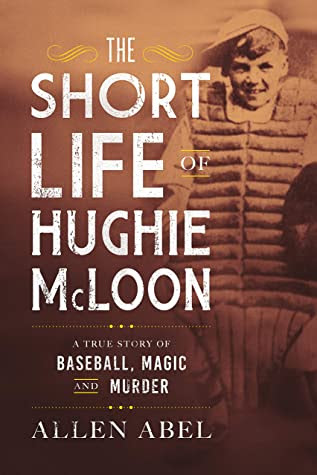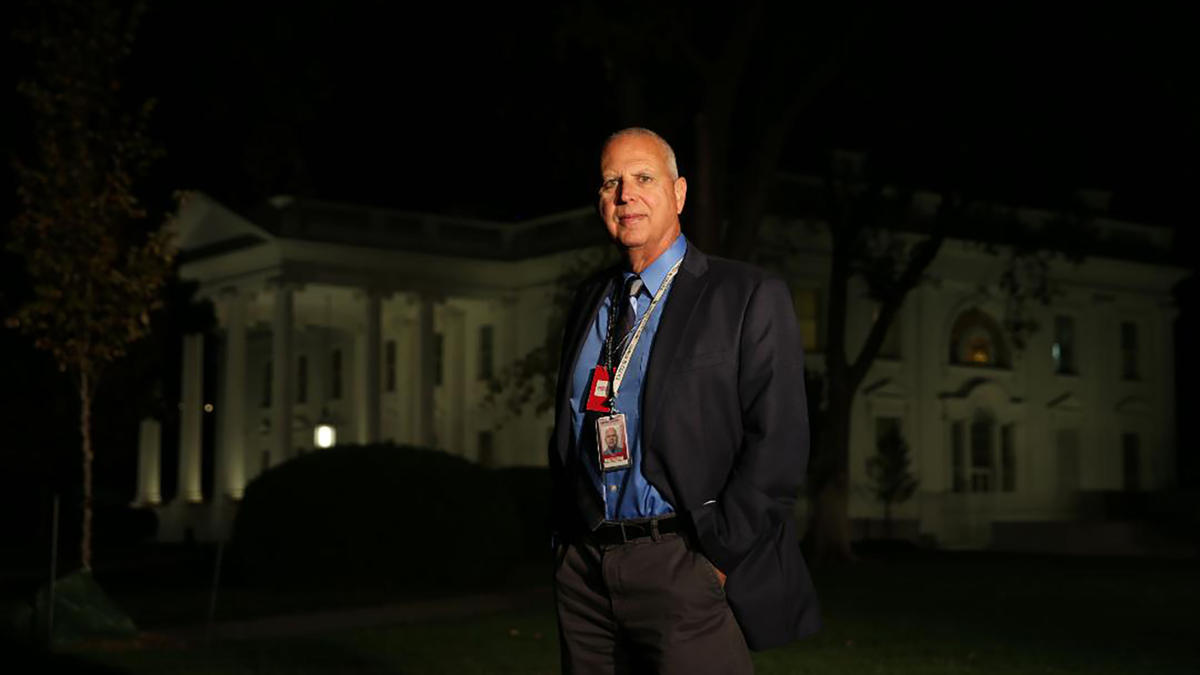Journalist Lincoln Steffens said famously in 1903 that Philadelphia was corrupt and contented.
Another journalist recently visited the city to research the prohibition era and came to basically the same conclusion, calling Philadelphia, “Elegantly wasted.”
Allen Abel, an award-winning journalist and author, visited Philadelphia to research a book about a young, deformed man who was the Philadelphia Athletics’ good luck charm and mascot. That man – Hughie McLoon – traveled through the nexus of Philly sports, law enforcement and organized crime.
I read Abel’s fascinating book, “The Short Life of Hughie McLoon: Baseball, Magic and Murder,” and I reached out to him.
‘HUNCHBACK MASCOT MURDERED BY SAWED-OFF GUNS.’ What writer wouldn’t be hooked by a story like that?
“I first heard about the ‘lucky’ hunchbacked baseball and boxing mascots of the early 1900s about 20 years ago from a television documentary editor I worked with in Toronto who was a baseball history buff and fascinated by baseball’s ‘Age of Magic,’” Abel said.
“Then a writer and historian from Downingtown named Parry Desmond graciously sent me a thick packet of newspaper clippings that included one incredible headline from the Philadelphia Bulletin of Aug. 9, 1928: ‘HUNCHBACK MASCOT MURDERED BY SAWED-OFF GUNS.’ What writer wouldn’t be hooked by a story like that?”
Sports teams back then hired hunchback boys for luck, so Connie Mack, the legendary Philadelphia Athletics’ manager, hired McLoon when he was 13 years old and only 58 pounds.
Abel said that, beginning in 2003 and for more than 15 years afterward, he traveled to Philadelphia whenever he could to research McLoon’s amazing and tragic story.
“My main research period was 2018-19, when I spent about six weeks in Philadelphia, tracing Hughie’s long-faded footprints from his birth at Reed and South Leithgow streets to the gangland rub-out at Cuthbert and 10th streets and finally to his grave at Holy Cross Cemetery in Yeadon that reads, ‘Former Mascot of Athletics,’” Abel said.
“As a native New Yorker, Philadelphia, to me, was a quaint little village where people put mustard on pretzels and ate something misspelled ‘Tastykake.’ But covering baseball and hockey for a decade brought me here dozens of times, so the city’s bizarre traditions gradually became more familiar. My political reporting brought me to town for the Democratic National Convention in 2016, and I did a long feature on Joe Frazier’s Philadelphia after he passed away, so I did discover that there was more to the city than the Spectrum and the Oregon Diner.”

Abel said McLoon left no diary or letters and only a few interviews, but his murder was front-page news for weeks. He said 15,000 people line up in muggy summer weather to view his 50-inch corpse.
“McLoon was an Irish kid from South Philadelphia who fell off a seesaw when he was 3 and whose back never grew straight after that. His father died when he was 5, and he spent his brief life seeking the protection of prominent men: The flamboyant ‘Dancing Judge’ Edward Carney; boxers like lightweight champ Benny Leonard and heavyweight Jack Dempsey; bootleg kingpin Max ‘Boo Boo’ Hoff. Even Smedley Darlington Butler, the Marine Corps general brought in to wring the booze out of the drunkest city in America during Prohibition, hired Hughie to sniff out illegal hooch at society balls at the Ritz-Carlton and the Bellevue-Stratford. Everybody knew him. Everybody loved him, and then he got shot a dozen times.”
Abel also covers how WWI and the 1918 Spanish Flu affected Philadelphia, and he presents an interesting cast of historical figures from baseball, boxing and crime.
Everybody knew him. Everybody loved him, and then he got shot a dozen times.
“When the national press began turning booze-soaked Philadelphia into a laughingstock, Mayor W. Freeland Kendrick and the city’s shrinking legion of still-sober aristocrats proposed that General Butler, ‘the fighting Quaker,’ could shut down the saloons, purge the most corrupt police squad in the country, and restore temperance and solemnity to William Penn’s Greene Country Towne,” Abel said.
”He couldn’t. As the Philadelphia Record reported, ‘He was 100 percent honest.’ That was a little more than the mayor had counted on.”
On the other side, Abel called “Boo Boo” Hoff the “du Pont of distillers, the Henry Ford of mass-production moonshine.”
“He controlled thousands of speakeasies, hundreds of corrupt cops, and platoons of street toughs and itchy trigger men, yet he was able to hide for a decade behind the cover of a humble boxing promoter with a straw boater and a shy smile. The murder of beloved little McLoon, who handled some of Hoff’s fighters, started an earthquake that eventually brought down Boo Boo’s illegal oligarchy – he ended up owning a milk bar and trying to pass counterfeit 20s at 30th Street Station.”
McLoon’s young life ended in 1928 when he left a speakeasy with two other men and was shot and killed. The murder remains unsolved.
Paul Davis’ Crime Beat column appears here each week. He can be reached via pauldavisoncrime.com.
If you read this story and liked it, consider joining AltPhilly, PW’s new membership program that offers exclusive content, instant access to the editor and awesome perks for like-minded individuals. Since the fall, our coverage has gone against the grain of the mainstream media in Philly. Click here to learn more.





